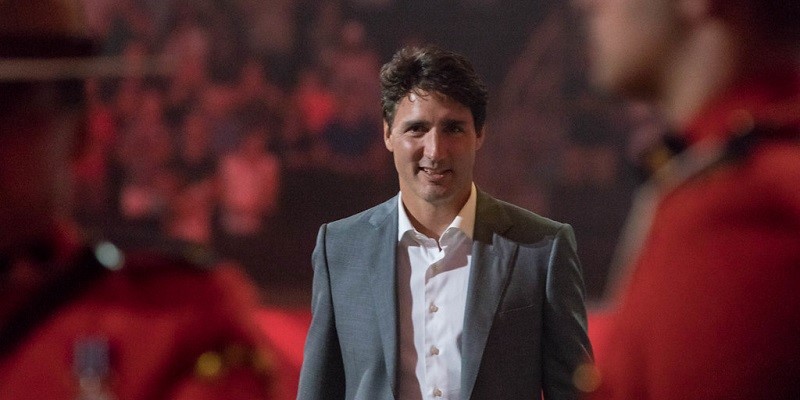Cabinet shuffle won’t improve Canada’s weak economic performance

On Wednesday, to much fanfare, Prime Minister Justin Trudeau shuffled his cabinet. But while the shuffle might create a temporary distraction from negative economic news, absent real policy reform no superficial moves will reverse Canada’s full-blown economic growth crisis.
Consider that Canada is one of the only high-income countries yet to economically rebound from the COVID recession. Average income per person in Canada (adjusted for inflation) was $55,677 in the first three months of this year compared to $56,183 at the end of 2019. We’re poorer today than we were three-and-half years ago despite the avalanche of federal government spending and borrowing.
Unfortunately, our troubles started well before COVID. In fact, Canada’s economy was weaker heading into the COVID recession than during the years preceding the last four recessions or economic slowdowns. From 2016 to 2019, the pre-COVID era overseen by Prime Minister Trudeau, average annual per-person GDP (after adjusting for inflation) grew by less than 1 per cent (0.9 per cent to be exact) compared to 3.7 per cent from 1997 to 2000 under Jean Chrétien. Growth was more than four times higher under Chrétien than Trudeau.
If that wasn’t bad enough, consider Canada’s performance compared to our southern neighbours. In 2016, average per-person incomes in Canada were 82 per cent of U.S. levels—C$54,154 compared to C$65,792, or an $11,600 difference per person. By the end of 2022, our per-person incomes had fallen to 76 per cent of U.S. levels—C$55,863 compared to C$73,565. Put differently, Canadians are $17,700 per person poorer than Americans.
Furthermore, Canada’s average income per person is now lower than income levels in 41 U.S. states. With an average per-person income of $55,863, we rank just below Louisiana ($57,954) and Maine ($57,271) and slightly ahead of New Mexico ($54,874) and Kentucky ($54,671), not exactly the company Canadians would strive to keep.
Going forward it’s likely going to get a lot worse. The Organisation of Economic Cooperation and Development (OECD), a 38-member international organization, predicts that Canada will be the worst-performing advanced economy from 2020 to 2030, with inflation-adjusted per-person GDP growth of only 0.7 per cent per year over the decade. The same is true from 2030 to 2060. While long-term forecasts can change, the OECD projections should be setting off alarm bells in Ottawa.
And yet, despite all the evidence, and dire warnings from the OECD, the Trudeau government and its most important ministers seem oblivious to the facts. Earlier this month, Deputy Prime Minister and Minister of Finance Chrystia Freeland had this to say: “I think we can be really optimistic about the Canadian economy. Canada had the strongest economic growth in the G7 over the course of 2022.”
Yes, Minister Freeland, our economy did grow by 2.1 per cent from the fourth quarter of 2021 to the fourth quarter of 2022, and beat the other G7 countries. But our population grew by 2.7 per cent. That means we got poorer per person, not richer.
There’s something very wrong with the government’s economic growth strategy. The Trudeau government likes to claim an affinity for evidence-based policymaking. Perhaps it’s time it looks at the economic evidence. The data speak for themselves. And absent policy change, shuffling a few cabinet positions won’t make a dent in Canada’s bleak economic prospects.
Authors:
Subscribe to the Fraser Institute
Get the latest news from the Fraser Institute on the latest research studies, news and events.


